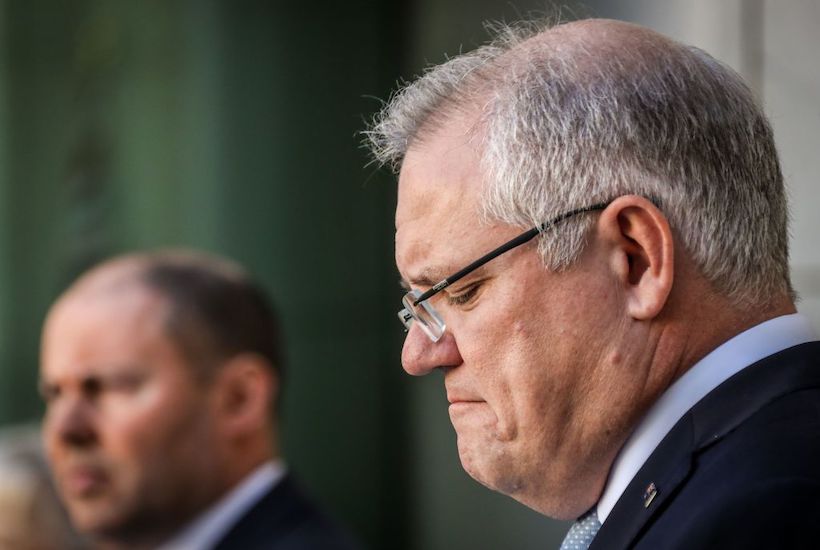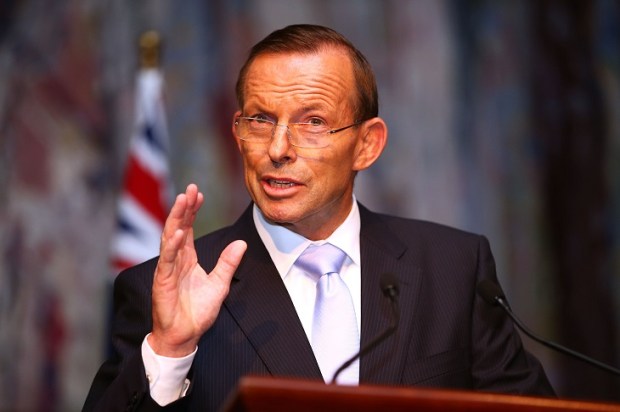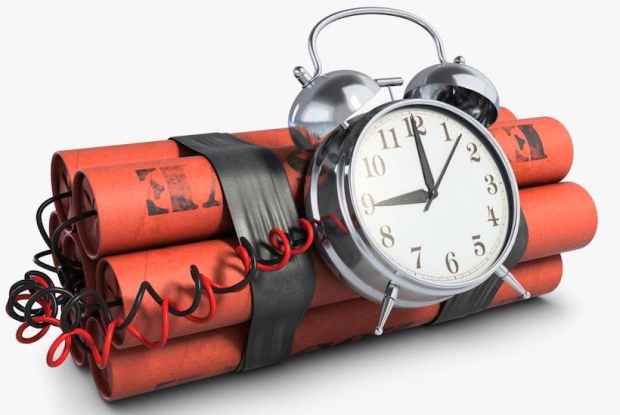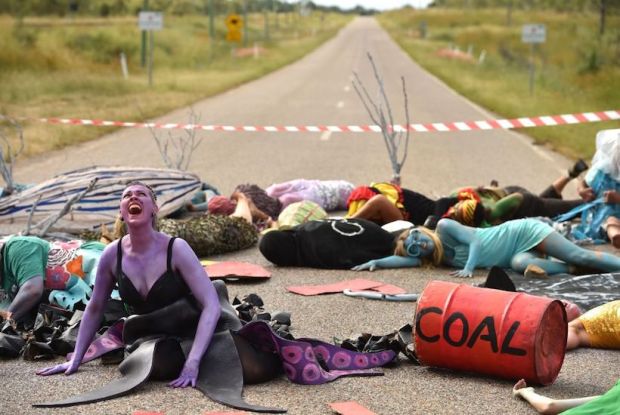The $320 billion of fiscal and monetary measures in response to the coronavirus, however necessary, will impose a debilitating cost on all Australians with consequences for years to come. The government needs to outline an exit strategy from these extraordinary levels of intervention.
The Morrison government is right to prioritise assisting businesses to come through the lockdown and maintain their connection with their employees, but an additional $214 billion of fiscal spending combined with a large hit to government revenue could send total federal government debt on a path toward $1 trillion.
There is no cost-free way to fund this massive expansion in government expenditure. All spending is funded in one of three ways: it can be taxed from taxpayers, borrowed, or created by central banks. All of these methods of funding will come at the expense of Australian workers, families, and businesses.
Taxation comes directly from taxpayers in a very noticeable way, making it the most honest way to finance government spending. It is also the most moral way, as it imposes the cost of government on the current generation who receive the benefit of government spending.
However, funding government spending by borrowing money burdens future taxpayers who are forced to fund debt repayments and service the interest. This will mean a combination of higher taxation and fewer services for future generations. Imposing debt on future generations because of this generation’s inability to live within its means should be to our national shame.
Deficit spending can also crowd out private sector debt used to finance productive businesses. The issuance of government debt puts upward pressure on interest rates resulting in reduced investment and productivity, which in turn reduces wage growth and the quality and quantity of consumer goods and services enjoyed by Australians.
The government has instead turned to the third method – monetising the debt. This approach is the most politically expedient, but also highly dishonest and pernicious.
The Reserve Bank of Australia, like many central banks around the world, is purchasing government debt and funding their bloated balance sheet with newly created money. The RBA’s balance sheet has jumped by over $100 billion since February to $278 billion.
The RBA has committed to targeting an interest rate on three-year Treasury bonds of 0.25 per cent until “progress is made towards full employment”. With more government debt about to hit the market from deep deficit spending, the RBA will have to buy up big in order to suppress interest rates.
Unlike the monetary expansion enacted during the Global Financial Crisis, this time the RBA is unlikely to have a mining boom to boost the economy. Instead, they will be forced to assist an economy coming out of a debilitating shutdown with high unemployment and underemployment, and low levels of investment. Under these circumstances, it will be very difficult for the RBA to reverse the monetary expansion.
With hundreds of billions of dollars of new money flowing into the economy at a time of economic shutdown, there will be a lot more money chasing a lot fewer goods and services. If the RBA successfully mitigates credit contraction, we could see significant price inflation. This would erode the value of accumulated savings and undermine saving and investment that is crucial for productivity and wage growth. A weaker Australian dollar will continue to raise the cost of living by making imported goods and services more expensive.
Continual monetary expansion also disproportionately benefits the well-connected at the expense of those distant from the money creation process. Newly created money will flow in to bail out the banks with a flood of liquidity and access to cheap lines of credit. The stock market and housing market will be reinflated, favouring those in the market at the expense of those outside. And the cost of living will increase ahead of the wages of a multitude of disconnected workers.
There has been little media attention given to how the Government plans to pay for this massive expansion in spending and no discussion of how the Reserve Bank plans to unwind their substantial boost to liquidity without causing high inflation.
If the Coalition couldn’t return the budget to surplus over seven years of economic expansion, it is unclear what circumstances will be required in the future for a government to do so.
After the coronavirus threat has cleared, Australia will need bold leadership to reign in the public debt through reduced spending, less red tape, and a smaller public service with lower pay that better reflects the low-risk nature of their jobs. If this is not achieved, we will be condemning future generations to a country with high taxes, high debt, and little hope.
Kurt Wallace is a research fellow at the Institute of Public Affairs. Join as a member at www.ipa.org.au.
Got something to add? Join the discussion and comment below.
Got something to add? Join the discussion and comment below.
Get 10 issues for just $10
Subscribe to The Spectator Australia today for the next 10 magazine issues, plus full online access, for just $10.


























Comments
Don't miss out
Join the conversation with other Spectator Australia readers. Subscribe to leave a comment.
SUBSCRIBEAlready a subscriber? Log in